
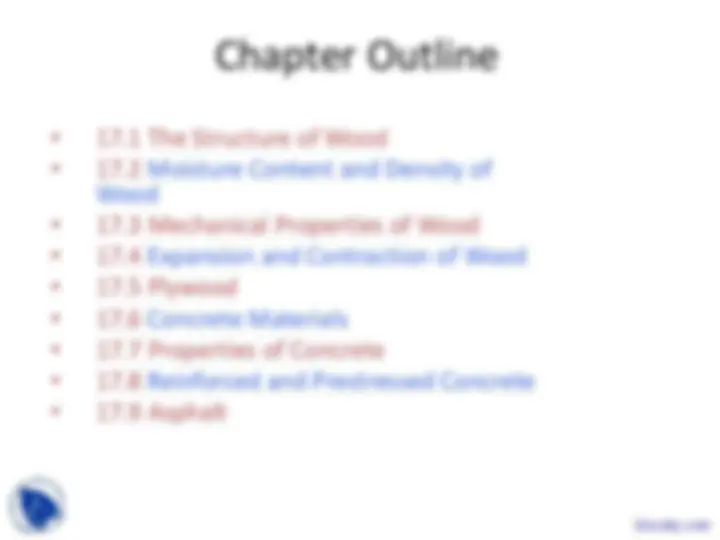
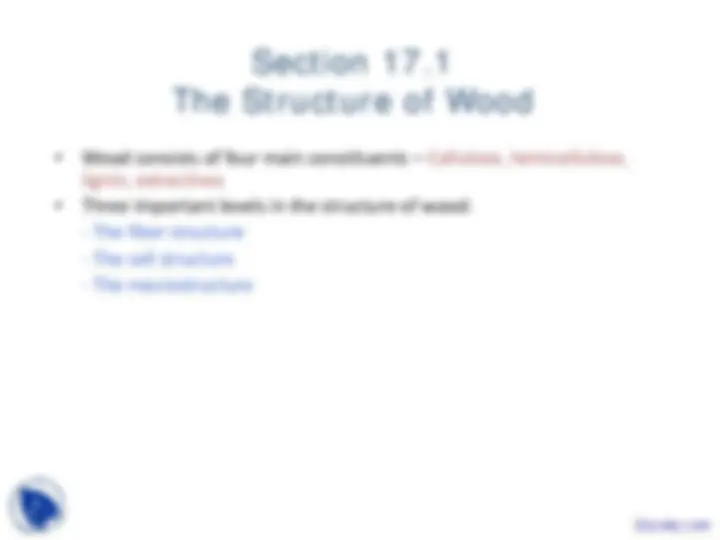
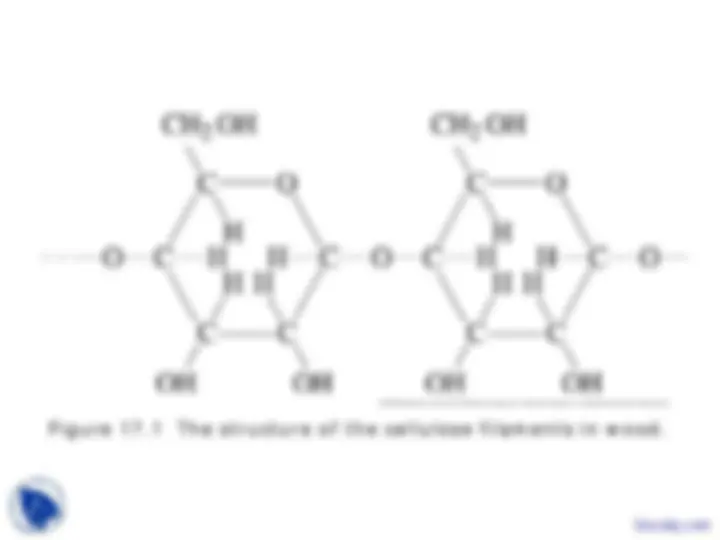
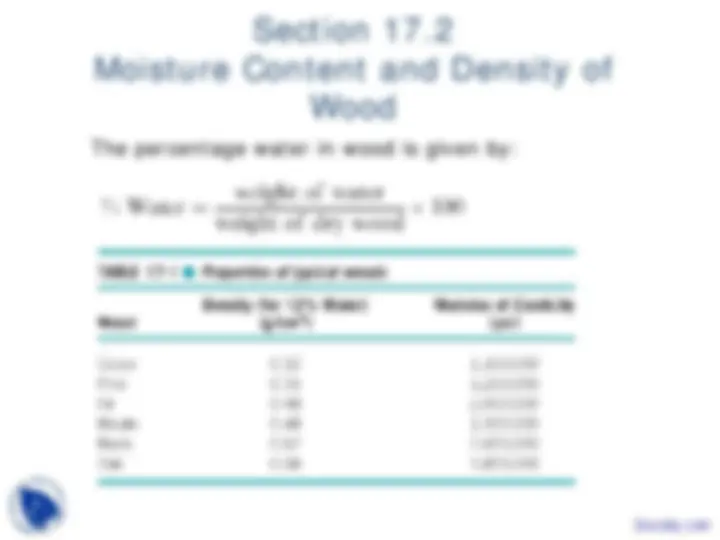
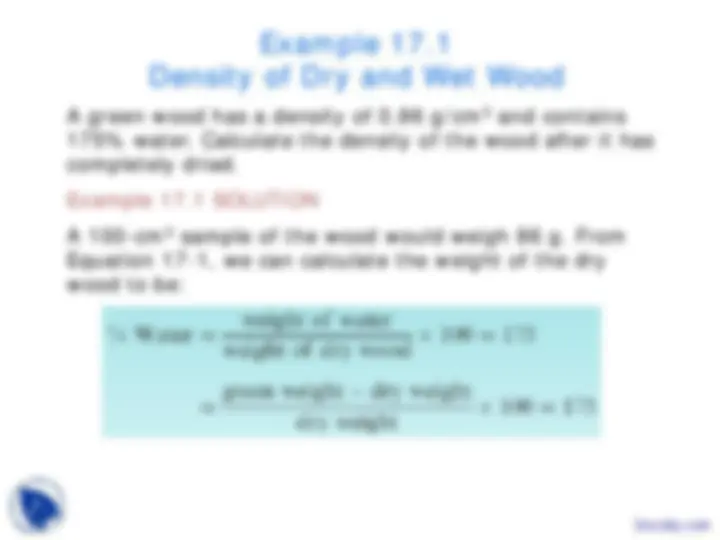
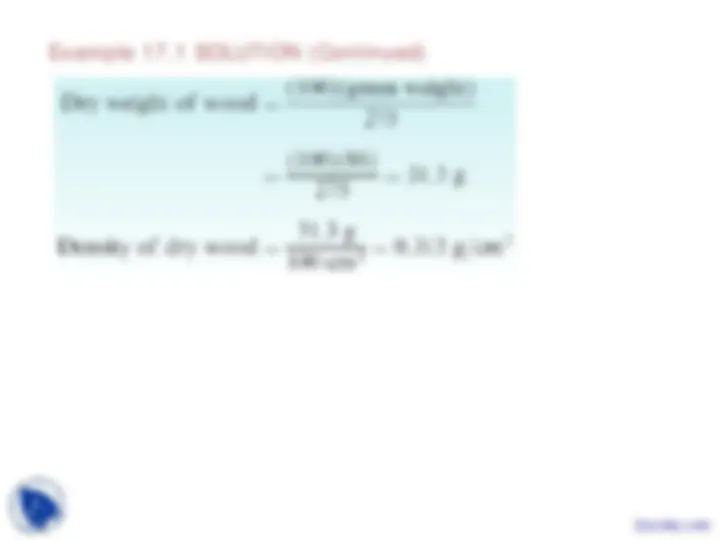
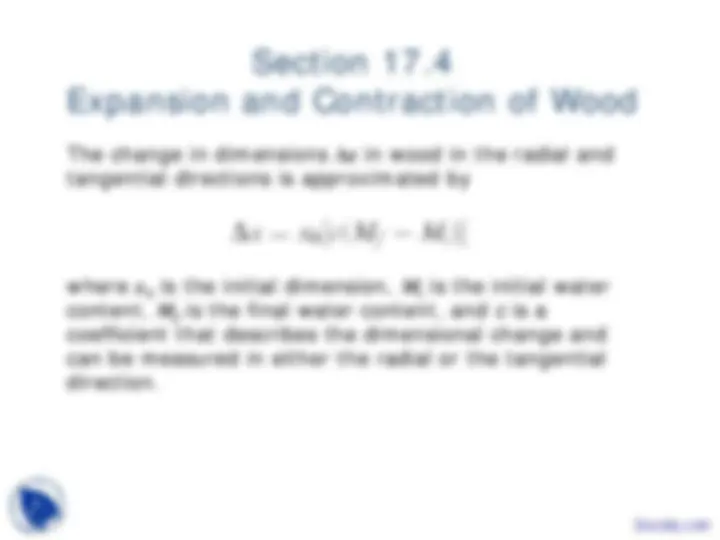
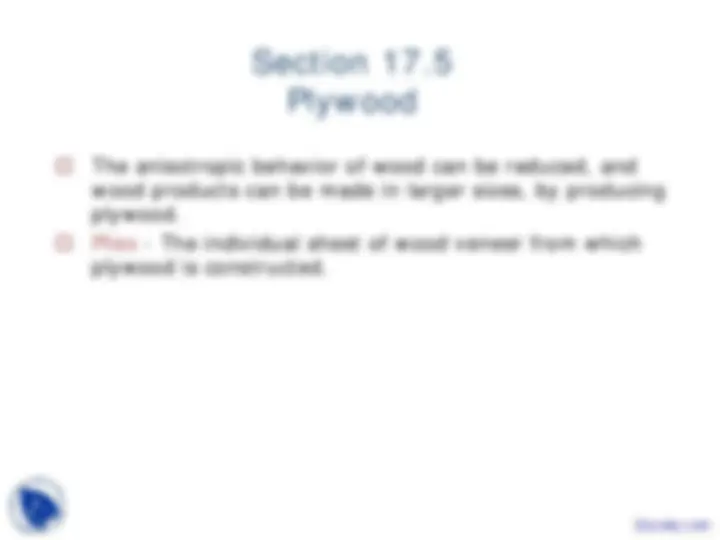
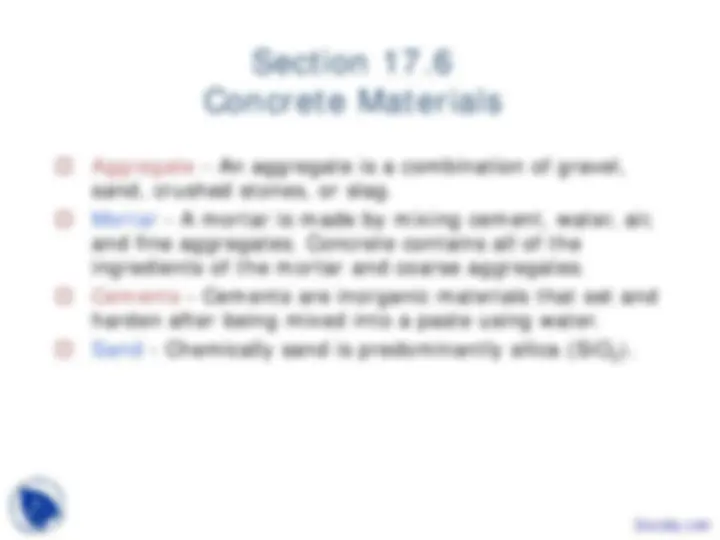
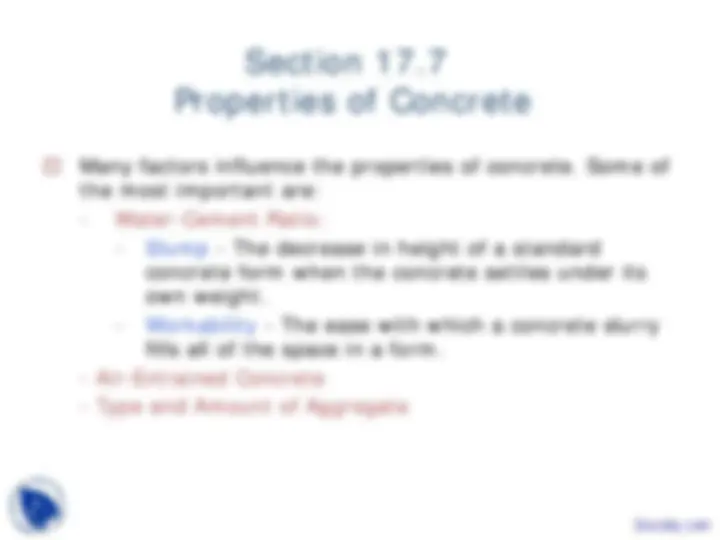
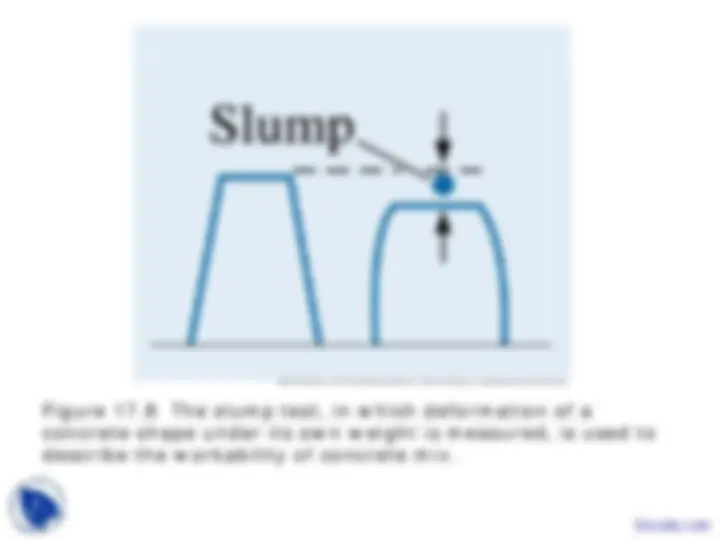
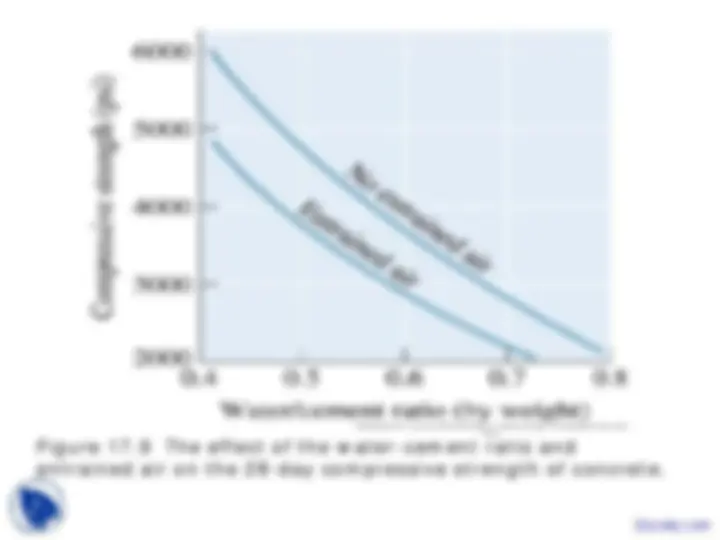
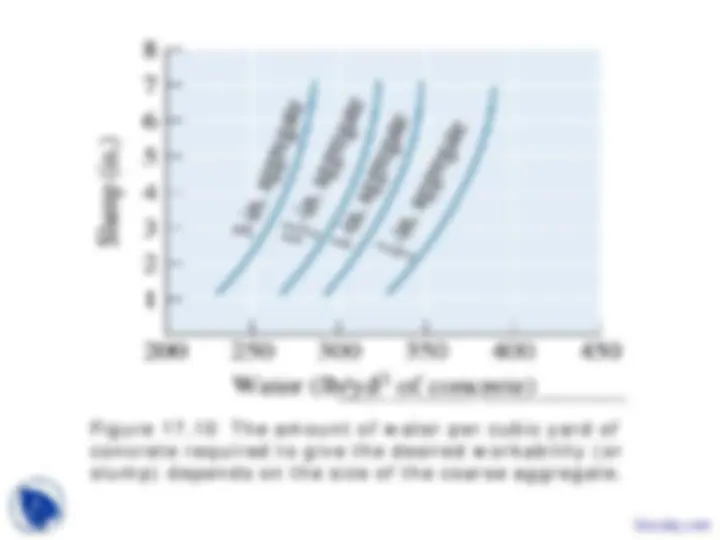
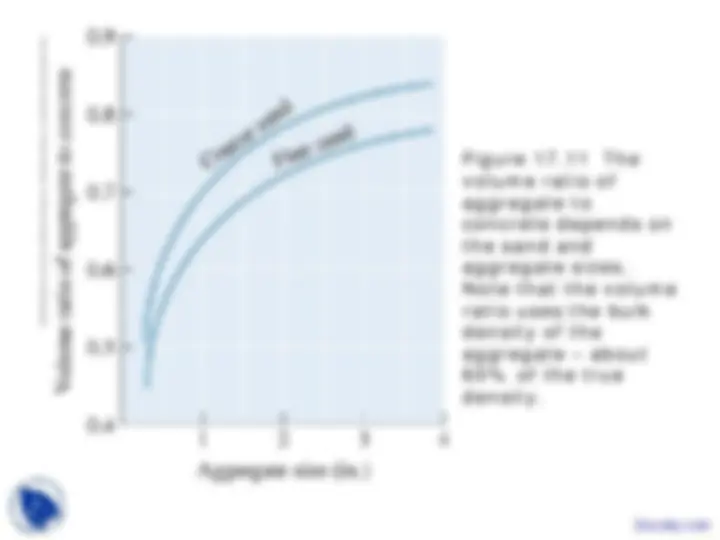
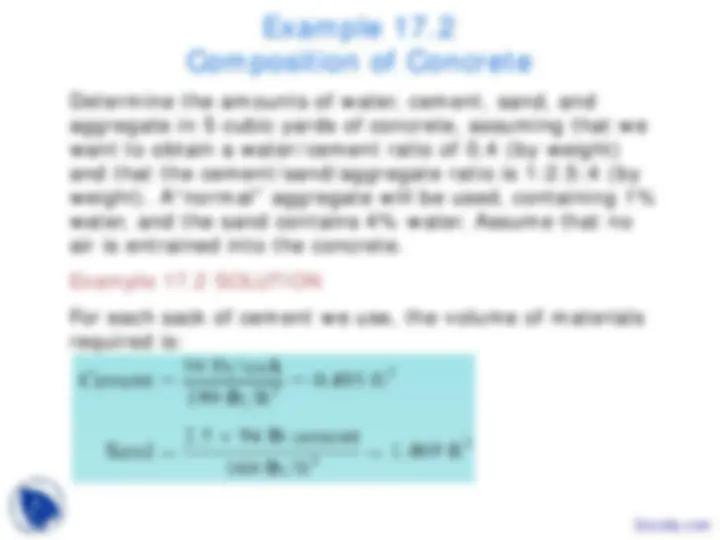
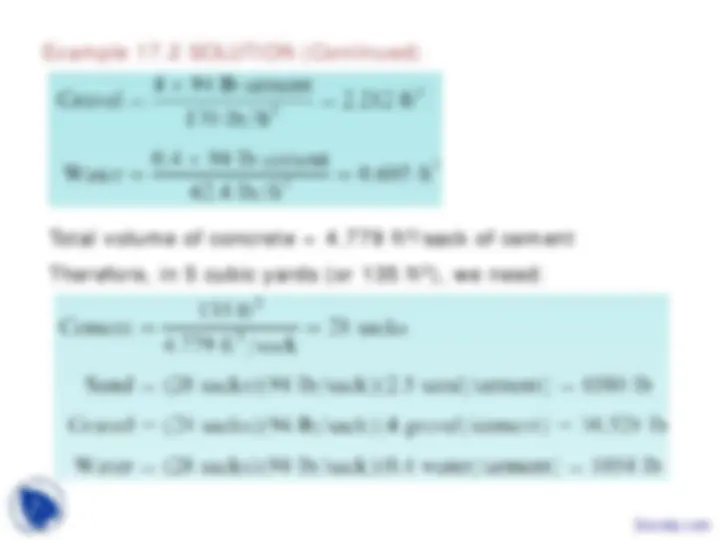
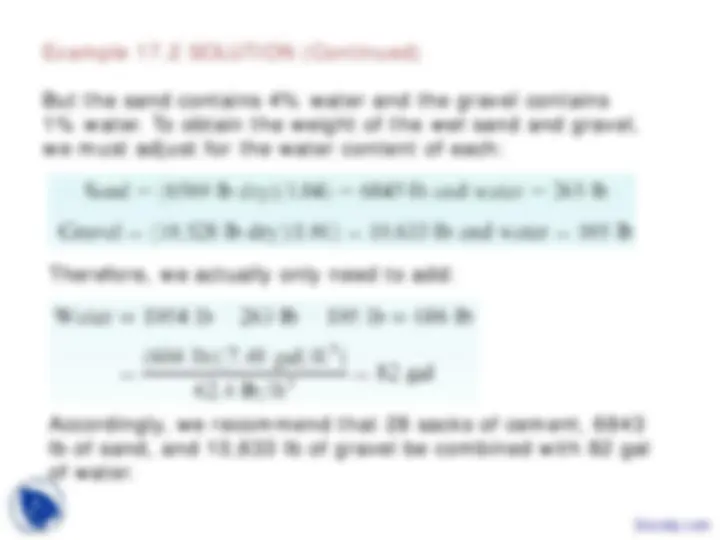
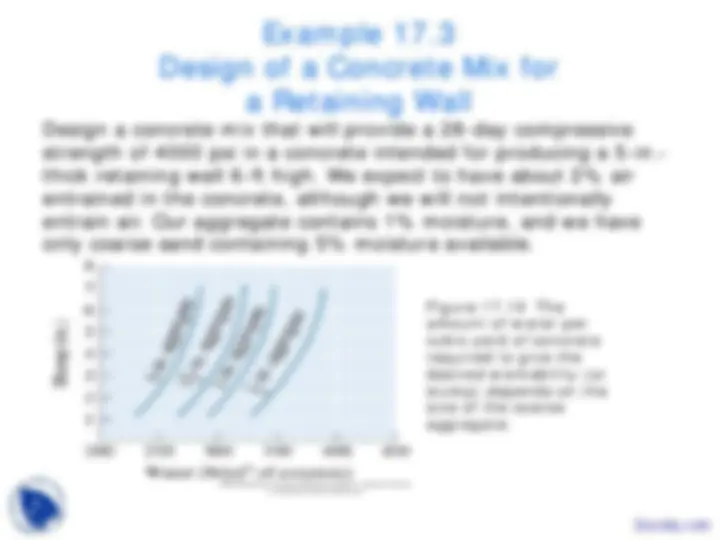
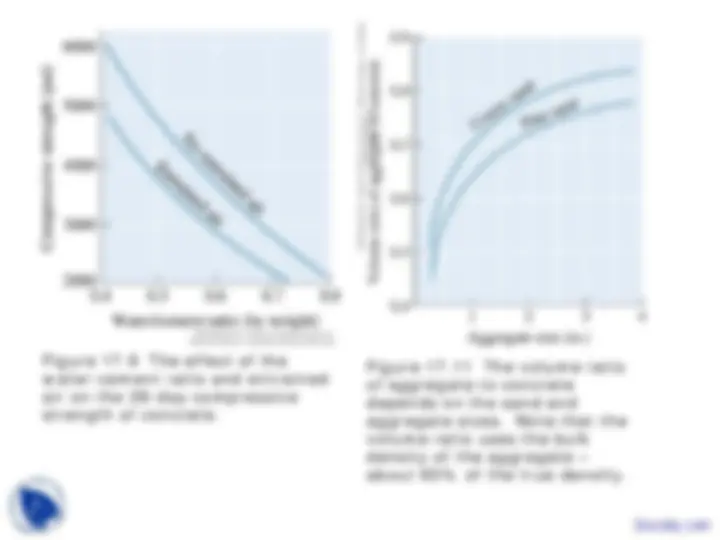
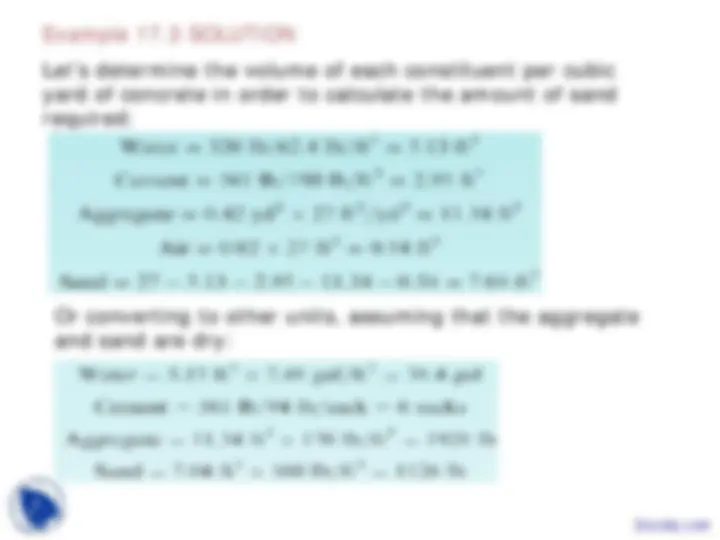
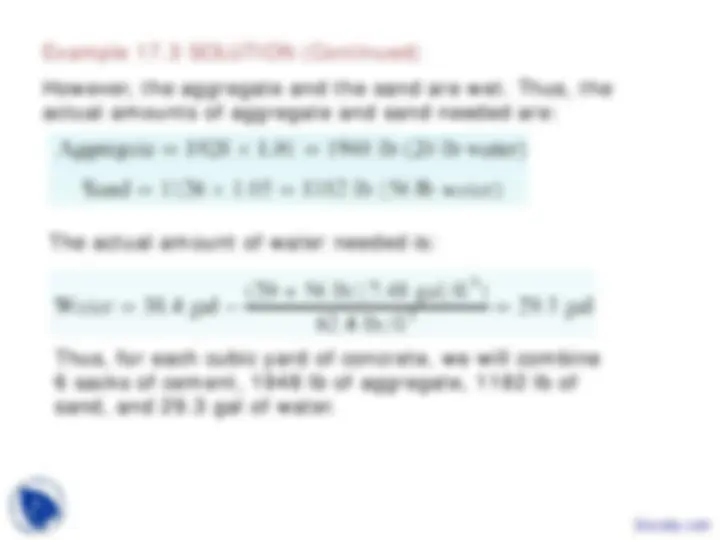
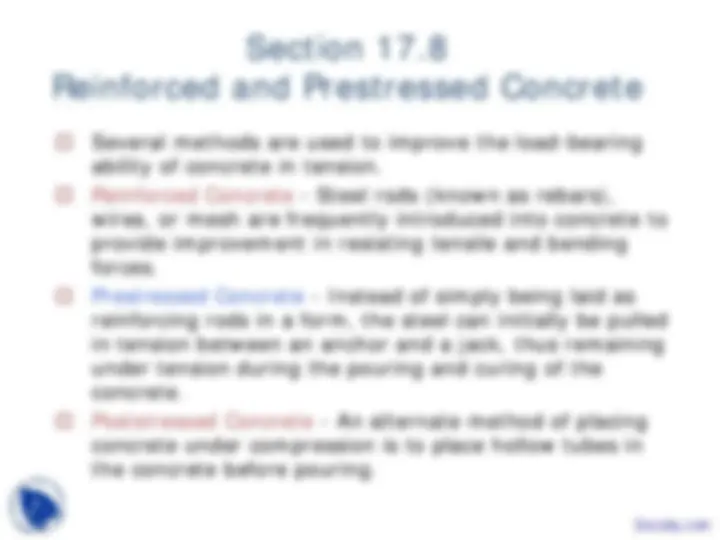
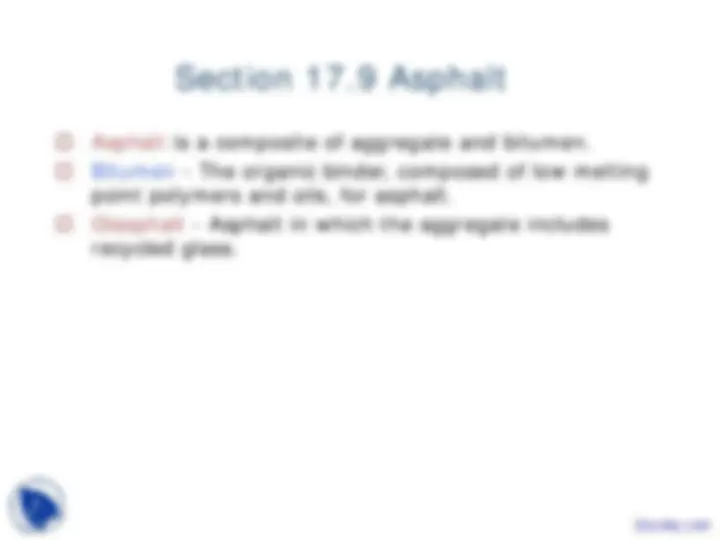
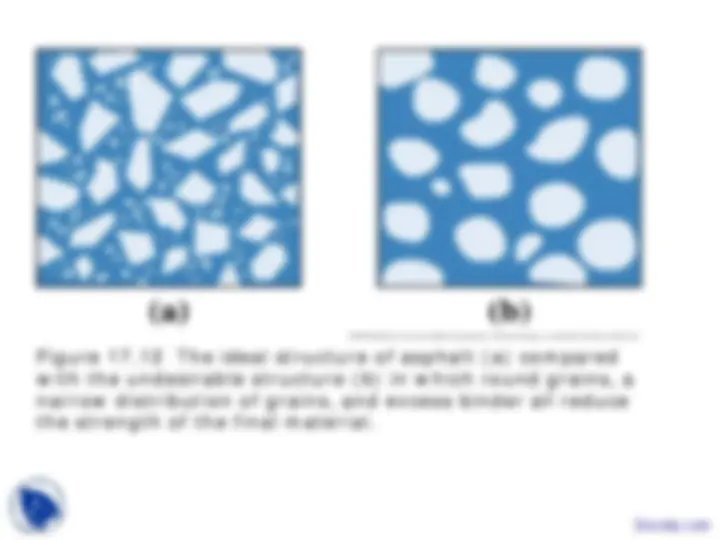


Study with the several resources on Docsity

Earn points by helping other students or get them with a premium plan


Prepare for your exams
Study with the several resources on Docsity

Earn points to download
Earn points by helping other students or get them with a premium plan
Community
Ask the community for help and clear up your study doubts
Discover the best universities in your country according to Docsity users
Free resources
Download our free guides on studying techniques, anxiety management strategies, and thesis advice from Docsity tutors
These are the Lecture Slides of Material Science for Engineers which includes Structure of Wood, Moisture Content, Density of Wood, Mechanical Properties of Wood, Expansion and Contraction of Wood, Concrete Materials, Properties of Concrete etc. Key important points are: Construction Materials, Structure of Wood, Moisture Content, Density of Wood, Mechanical Properties of Wood, Expansion and Contraction of Wood, Concrete Materials, Properties of Concrete
Typology: Slides
1 / 32

This page cannot be seen from the preview
Don't miss anything!

























Chapter 17 – Construction Materials
Section 17.
The Structure of Wood
©2003 Brooks/Cole, a division of Thomson Learning, Inc. Thomson Learning™ is a trademark used herein under license.
Figure 17.1 The structure of the cellulose filaments in wood.
Figure 17.3 The cellular structure in (a) softwood and (b) hardwood. Softwoods contain larger, longer cells than hardwoods. The hardwoods, however, contain large- diameter vessels. Water is transported through softwoods by the cells and through hardwoods by the vessels. ( From J.M. Dinwoodie , Wood: Nature’s Cellular Polymeric Fiber- Composite, The Institute of Metals, 1989 .)
The percentage water in wood is given by:
Section 17.
Moisture Content and Density of
Wood
Example 17.1 SOLUTION (Continued)
Section 17.
Mechanical Properties of Wood
©2003 Brooks/Cole, a division of Thomson Learning, Inc. Thomson Learninglicense. ™ is a trademark used herein under
Figure 17. The effect of the percentage of water in a typical wood on the compressive strength parallel to the grain.
Section 17.
Expansion and Contraction of Wood
The change in dimensions Δ x in wood in the radial and tangential directions is approximated by
where x 0 is the initial dimension, M (^) i is the initial water content, M (^) f is the final water content, and c is a coefficient that describes the dimensional change and can be measured in either the radial or the tangential direction.
The anisotropic behavior of wood can be reduced, and wood products can be made in larger sizes, by producing plywood.
Plies - The individual sheet of wood veneer from which plywood is constructed.
Section 17.
Plywood
©2003 Brooks/Cole, a division of Thomson Learning, Inc. Thomson Learning™ is a trademark used herein under license. Figure 17.6 The rate of hydration of the minerals in Portland cement.
©2003 Brooks/Cole, a division of Thomson Learning, Inc. Thomson Learninglicense. ™ is a trademark used herein under
Figure 17.7 The compressive strength of concrete increases with time. After 28 days, the concrete approaches its maximum strength.
©2003 Brooks/Cole, a division of Thomson Learning, Inc. Thomson Learning™ is a trademark used herein under license.
Figure 17.8 The slump test, in which deformation of a concrete shape under its own weight is measured, is used to describe the workability of concrete mix.
©2003 Brooks/Cole, a division of Thomson Learning, Inc. Thomson Learninglicense. ™ is a trademark used herein under Figure 17.9 The effect of the water-cement ratio and entrained air on the 28-day compressive strength of concrete.